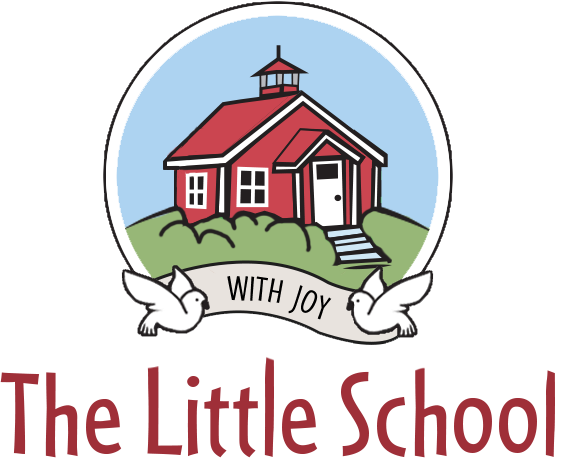

Documentation Strategies
The Reggio Emilia approach asks educators “to build a store of knowledge about each child” about their development, temperament, interests, and relationships. When we have learned these things about the children, we can offer them the materials and experiences that will help them grow.
Documentation captures the learning process, makes it visible, and allows it to be shared in order to support wondering, researching and learning among teachers and children. It comes in many forms such as portfolios, “Today We…” notes, documentation panels, and of course, written observations.
Documentation is the ongoing narrative of the classroom and of the individual children. An effective piece of documentation tells the story and the purpose of an event, experience, or skill development. The goal is that someone walking into our classrooms should be able to see who the members of the class are and what they are studying.
Portfolios
The portfolios themselves are an important part of our process - they are our tools of reflection. Writing the stories of each child and their development allows us to think about what has come before and what may come next. Documentation helps us to see, reflect on, and share those languages, helping the children to be seen and to see themselves as brilliant, capable, and unique individuals.
Observation
Observations are written objective accounts of moments when a teacher attentively watches a child during the school day. Attention is paid to details of the child’s behavior, actions, engagements and relationships. These details are recorded in a structured manner and written to the child. Also included in the narrative: Why was this moment noteworthy? What could we see moving forward? What developmental goals from North Carolina Foundations for Early Learning and Development were met during this observation? What photos capture this moment?
Connecting Through Brightwheel
Small group and class documentation is done through “Today We……” notes, newsletters, and documentation panels. “Today We” notes at The Little School are typically posted on the Brightwheel app to share with parents the learning that took place on a particular day. Newsletters are emailed to parents weekly to detail what happened in the classroom during the week, and usually contain a link to photo documentation that was taken.
Learning Displayed Using Documentation Panels
Documentation panels are large pieces of documentation, usually posterboard, that detail a specific focus or interest that the class has undertaken and how that interest was explored. These are posted in the classroom or around the school to share with the school community the learning that has taken place and why it was important. As teachers, our creativity and individuality comes through as we choose moments to write about, reflect on the learning we see, and show the opportunities we provided for expression. We are making learning visible and celebrating the life and advancements of each child. We get to share this with the parents, and it is a gift.
The documentation, just like the children’s processes is never finished. It is a tool that is fluid that helps give structure to our thinking and doing about children.
-Francesca Manfredi
THE ONE HUNDRED LANGUAGES OF CHILDREN
The child is made of one hundred.
The child has a hundred languages a hundred hands a hundred thoughts a hundred ways of thinking of playing, of speaking.
A hundred always a hundred ways of listening of marveling of loving a hundred joys for singing and understanding a hundred worlds to discover a hundred worlds to invent a hundred worlds to dream.
The child has a hundred languages (and a hundred hundred more) but they steal ninety-nine.
The schools and the culture separate the head from the body.
They tell the child: to think without hands to do without head to listen and not to speak to understand without joy to love and to marvel only at Easter and Christmas.
They tell the child: to discover the world already there and of the hundred they steal ninety-nine.
They tell the child: that work and play reality and fantasy science and imagination sky and earth reason and dream are things that do not belong together.
And thus they tell the child that the hundred is not there.
The child says: No way. The hundred is there.
Loris Malaguzzi











